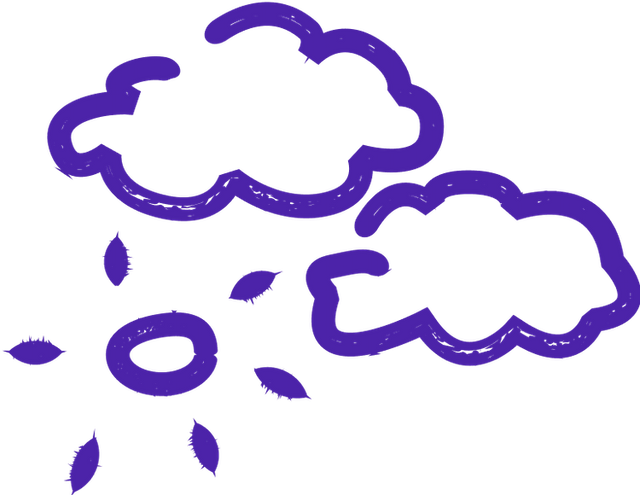
what is cellular automata
Cellular Automata
Cellular Automata (CA) is an intriguing concept within the realm of computer science and mathematics that explores the behavior of complex systems through simple rules. These systems consist of a grid of cells, each possessing a state that can change over discrete time steps based on predefined local rules. The interactions between neighboring cells give rise to emergent patterns and behaviors, making cellular automata a captivating subject of study.
The foundation of cellular automata lies in the notion that even simple local interactions can lead to intricate global behaviors. Each cell in a CA is influenced by its immediate neighbors, typically defined as the cells in its Moore or Von Neumann neighborhood. By applying a set of rules to determine the next state of each cell based on its current state and the states of its neighbors, a CA evolves over time, generating patterns and structures of varying complexity.
One of the most well-known examples of a cellular automaton is Conway's Game of Life. In this two-dimensional CA, each cell can be either alive or dead, and its state in the next generation is determined by the following rules: a live cell with fewer than two live neighbors dies (underpopulation), a live cell with two or three live neighbors survives, and a live cell with more than three live neighbors dies (overpopulation). On the other hand, a dead cell with exactly three live neighbors becomes alive (reproduction). These simple rules give rise to mesmerizing patterns, such as gliders, oscillators, and stable structures.
Cellular automata have found applications in various fields, including physics, biology, economics, and computer science. They serve as models for understanding complex phenomena, simulating natural systems, and exploring emergent behaviors. For instance, in physics, CA has been used to simulate the behavior of fluid flow, crystal growth, and even the spread of forest fires. In biology, CA models have shed light on the self-organization of biological tissues, the dynamics of predator-prey relationships, and the formation of spatial patterns in ecosystems.
The study of cellular automata has also contributed to advancements in computer science and artificial intelligence. CA-based algorithms have been developed for tasks such as image processing, optimization, and machine learning. The ability of cellular automata to self-organize and exhibit emergent properties has inspired researchers to explore their potential in solving complex problems and designing efficient algorithms.
In conclusion, cellular automata provide a fascinating framework for understanding the behavior of complex systems through simple local interactions. By applying predefined rules to a grid of cells, CA exhibits emergent patterns and behaviors, making them invaluable in various scientific and computational domains. Whether unraveling the mysteries of nature, simulating social systems, or advancing artificial intelligence, cellular automata continue to captivate researchers and enthusiasts alike with their endless possibilities for exploration and discovery.
Let’s build your next digital product — faster, safer, smarter.
Book a free consultationWork with a team trusted by top-tier companies.








